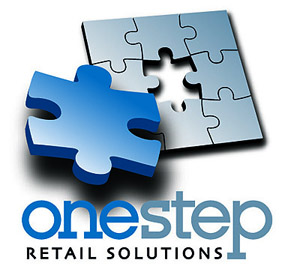It can be observed that retailers have a fast eye on delivery tracking, styles and personnel, but surprisingly the amount of guesswork that goes into purchasing is staggering and industry-wide (don’t worry; if that’s you, you are not alone).
The topic of inventory management is rarely a top priority among retailers; “inventory management” conjures images of hours spent in the back office with a clipboard, nights spent trying to understand rows and rows of numbers and calculations and maybe… a magic 8 ball. You sit there wondering “What am I looking for?” “What should I put on sale?” “How much should I put it on sale for?” Not to mention finding those pesky lost profits.
The objective of inventory control goes as broad as creating realistic projections and obtaining profits. However, it can also be as narrowed as avoiding theft. Unfortunately, inventory control can get lost somewhere in your 18 hour word days or when one of your other countless duties comes up.
Signs You Need to Crack Down
One of the more readily apparent symptoms of a store lacking proper inventory tracking and control is the lack of overall sales growth. A less obvious symptom of an unbalanced inventory is the magically disappearing profits.
If you’re operating on a thin retail management system or you don’t know how to properly use your system, you can be facing never-ending guesswork and surprises. Training, of course, plays an important role in any operation.
We have seen stores with fairly healthy financials and spot-on operating expenses that have also been facing a lack of growth for three consecutive years. In one noted instance, two of the stores’ largest contributing classifications were turning much faster than the highest industry benchmarks: Sales in these classifications were outperforming the first-of-month retail inventory levels and potential sales were being missed.
Stores have literally starved while watching one class increase in sales as the majority of the other items waned gradually over time; not to mention the money in stock that is often left sitting in storage and the lost profits from unexpected mark-downs affecting your projections. Though you may be thinking that this all should be obvious, really it’s like balancing a checkbook in your head only on a much larger scale.
What is Your Next Move?
- If you do not have a workable point of sale solution, it is highly recommended that you get one in place.
- If you have one but do not know how to use it properly, contact your service provider to arrange training.
- If you have a full system in place, recommended reports are: Gross Sales, Net Sales, On-Hand Report, Cost of Sales and Margin Reports, Transfers, Purchase Orders by cancel date, Receiving, and Vendor Profit Reports.
- If you have a system but these reports are not available, your POS provider can hopefully customize them for you.
- Generally speaking, a retailer is “in the thick of it” and it is highly recommended to bring in a trained outsider (retail consultant or open to buy expert) to review your information and make recommendations.
Armed with a comprehensive POS system, a qualified retail consultant and continued dedication, you should not only be able to avert lost profits but take your stores to a new level.
One Step Retail Solutions is a leading nationwide POS reseller and retail technology consultant. At the forefront of the retail technology industry for over 25 years and boasting well over 100 years of combined retail experience. One Step Retail has helped thousands of retailers achieve their goals. One Step houses multiple cost effective, scalable and top of the line systems, including full-service installation, training and support of all products. For more information, visit www.onestepretail.com.










